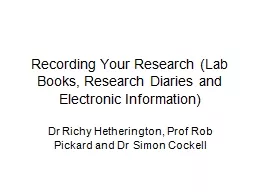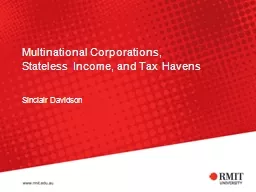PPT-Introduction to time use diaries and the Multinational Time
Author : mitsue-stanley | Published Date : 2017-09-09
J Gershuny Bath 5 July 2016 Measuring time use Beeper sampling ESMEMA studies What were you doing when the beeper went Questionnaire stylized items How much
Presentation Embed Code
Download Presentation
Download Presentation The PPT/PDF document "Introduction to time use diaries and the..." is the property of its rightful owner. Permission is granted to download and print the materials on this website for personal, non-commercial use only, and to display it on your personal computer provided you do not modify the materials and that you retain all copyright notices contained in the materials. By downloading content from our website, you accept the terms of this agreement.
Introduction to time use diaries and the Multinational Time: Transcript
Download Rules Of Document
"Introduction to time use diaries and the Multinational Time"The content belongs to its owner. You may download and print it for personal use, without modification, and keep all copyright notices. By downloading, you agree to these terms.
Related Documents














